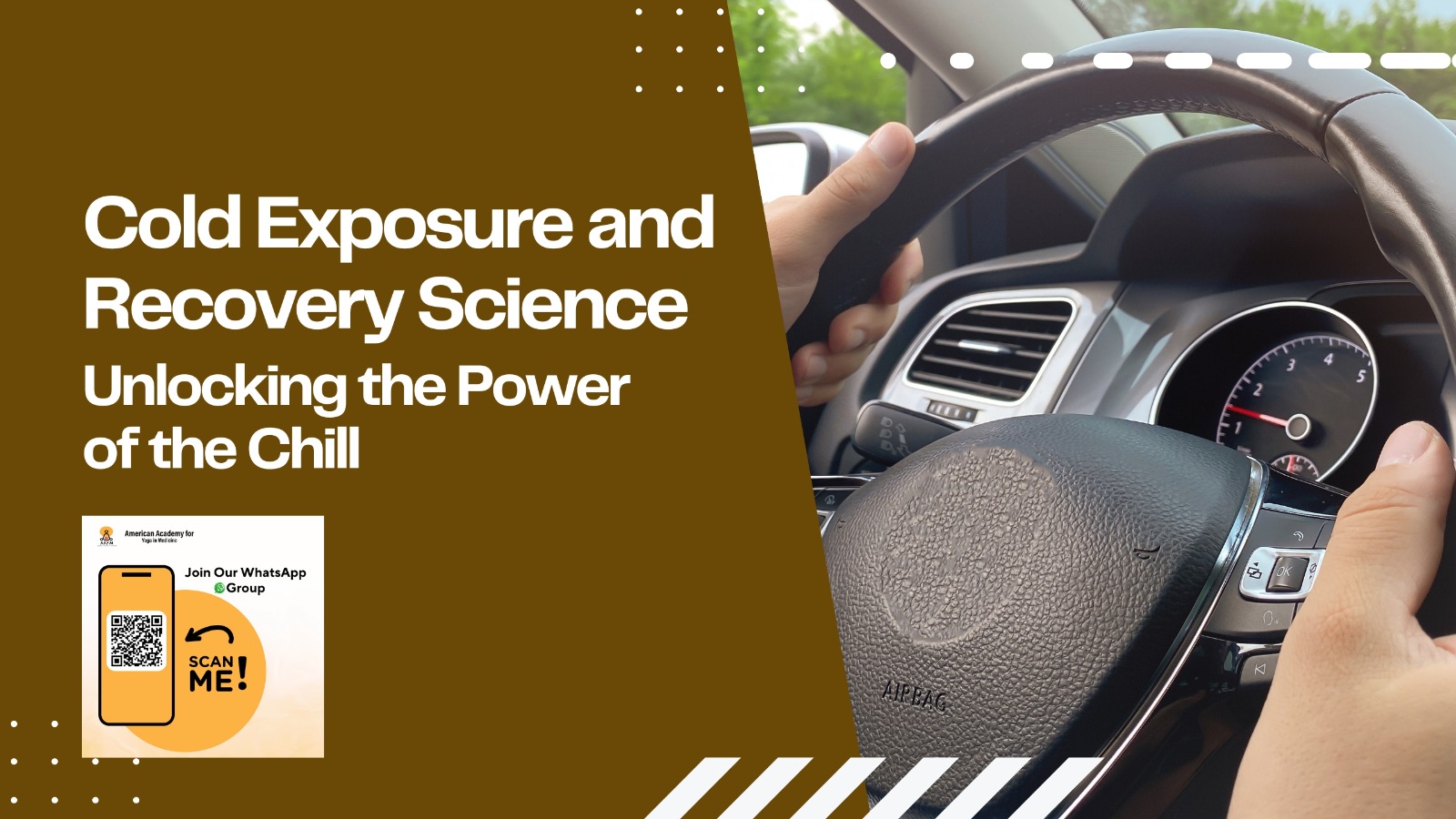In a world where wellness trends come and go, cold exposure has held its ground—and it’s only getting cooler. From athletes plunging into icy baths to early-morning cold showers, the science behind this chilling habit is heating up.
But what exactly does cold exposure do to the body and mind? And how can you incorporate it safely into your routine? Let’s dive in.
🧠 What Is Cold Exposure?
Cold exposure—also known as cold therapy or cryotherapy—involves intentionally subjecting your body to cold temperatures for short periods. This can be done through:
- 🧊 Cold showers
- 🛁 Ice baths
- 🌊 Cold plunges
- ❄️ Cryotherapy chambers (used by athletes)
- 🏞️ Outdoor exposure (like winter swims or snow walks)
While it may sound intense, cold therapy is surprisingly accessible—and full of benefits.
🔬 The Science: Why Cold Exposure Works
Cold exposure triggers a mild stress response in the body that, when practiced safely, can increase overall resilience. Here’s how it supports health and recovery:
- 💓 Boosts Circulation and Recovery
Cold causes blood vessels to constrict and then dilate, enhancing circulation and helping flush out inflammation. This improves tissue repair and speeds up recovery.
- 💪 Reduces Muscle Soreness
Ice baths have been shown to reduce delayed onset muscle soreness (DOMS) post-exercise, making it a go-to for athletes and fitness lovers.
- 🔥 Activates Brown Fat
Cold exposure stimulates brown adipose tissue, a type of fat that burns calories to generate heat—supporting metabolic health and even weight regulation.
- 🧘 Enhances Mental Resilience
Withstanding cold builds mental toughness. It also triggers the release of feel-good neurotransmitters like dopamine and norepinephrine, boosting mood and reducing anxiety.
- 🛡️ Supports Immune Function
Routine cold exposure may enhance immune response by increasing white blood cells and antioxidant activity.
🧊 Getting Started: Cold Exposure for Beginners
If you’re new to cold therapy, the key is to start slow and stay consistent.
✅ Start Simple
- End your warm shower with 30 seconds of cold water.
- Gradually increase to 2–3 minutes as you adjust.
✅ Cold Face Dunk
- Dunk your face in a bowl of ice water for 15–30 seconds.
- Great for calming the nervous system and stimulating the vagus nerve.
✅ Ice Pack on Neck
- Place an ice pack on the back of your neck for a few minutes—an easy way to mimic cold exposure without jumping into a tub.
⚠️ Safety First
Cold therapy offers big benefits—but safety is crucial.
- ❗ Never do it alone, especially when doing open-water plunges.
- 💔 Avoid if you have unmanaged blood pressure or heart conditions.
- ⏱️ Keep exposure to 2–10 minutes, depending on your method and tolerance.
- 🧠 Listen to your body. If you feel numb, dizzy, or confused—stop immediately and warm up.
🌟 Recovery + Cold = Wellness Synergy
Want even better results? Combine cold exposure with other recovery strategies:
- Gentle stretching post-session
- Hot-cold contrast showers
- Magnesium-rich meals for muscle repair
- Deep sleep hygiene—cold exposure may help regulate sleep cycles
📌 Want to Try It?
Ready to embrace the chill? ❄️ Leave a comment below if you’re beginning your cold therapy journey—or tag a friend who needs an ice-cold push! 💪


